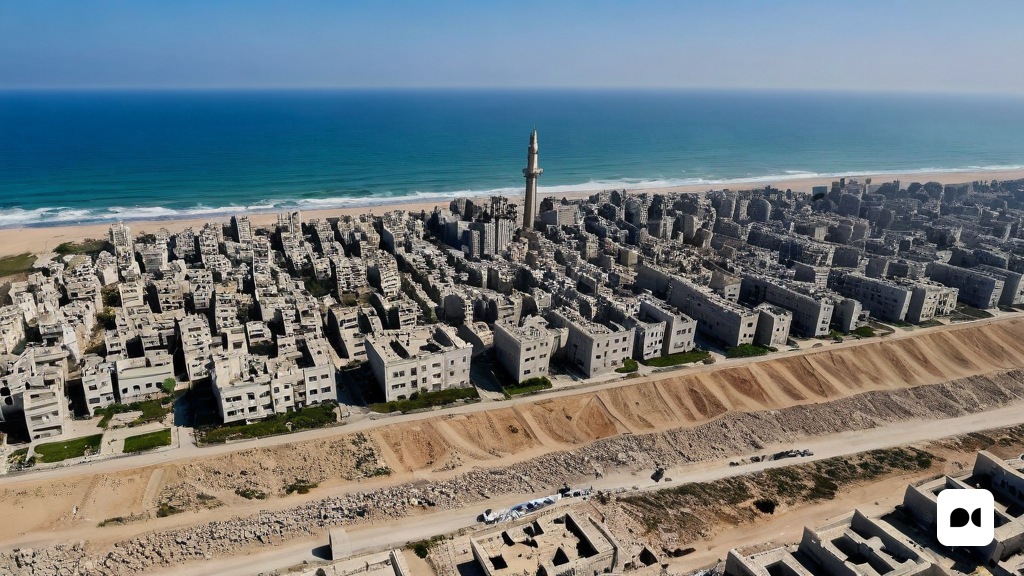Women and children, the main victims
According to Amnesty International, 70% of those killed by the Israeli army’s offensive in Gaza in response to the October 7 Hamas attack are women and minors, according to data from Amnesty International of the United Nations Agency for Palestine Refugees in the Near East (UNRWA for its acronym in English). These figures are published in the framework of the commemoration of 8-M, International Women’s Day.
Health conditions and risks for women
Amnesty International also states that of the nearly two million displaced in the strip, almost half are women and girls. The sanitary conditions are, according to the same source, particularly hard for them, who do not have access to hygienic products or who cannot have any privacy when they go to bathrooms in deplorable conditions.
Another piece of data highlighted by Amnesty International is that when the conflict began, there were around 50,000 pregnant women without access to obstetrical health care. Since the beginning of the attacks, it is estimated that around 20,000 children have been born.
Risks of violence and genocide situation
The NGO warns of the ‘very high’ risks of an increase in violence against women and sexual violence as a weapon of war during conflicts such as the one in the Gaza Strip, in a context in which there are many that are seen forced to separate from their families, they are left without support networks, they are widowed, they lose their children or they themselves are killed.
According to Amnesty International, this situation is even more serious in conflicts such as those in Gaza, ‘where Israel has created conditions which, in the opinion of the International Court of Justice, put the population at imminent risk of genocide’.
Context of 8-M and other conflicts
In the framework of 8-M, the NGO also remembers the women who suffer from situations of war conflicts in Ukraine, Ethiopia or Syria. At the same time, she emphasizes that in 2000 the UN Security Council approved a resolution that recognized that war affects women differently.
These data highlight the disproportionate impact that armed conflicts have on women and children, putting them in a situation of extreme vulnerability.

